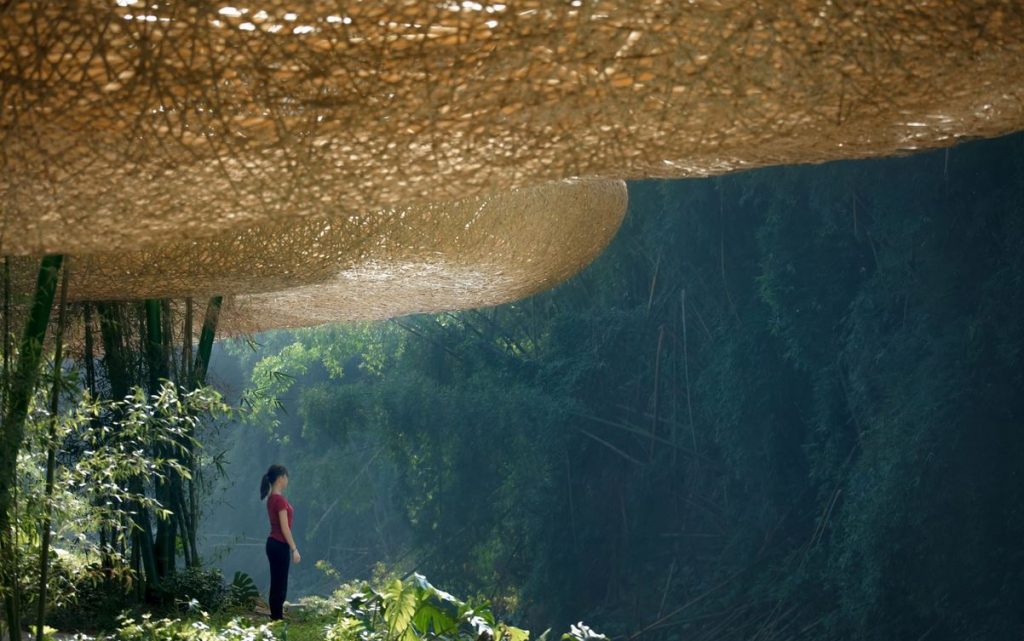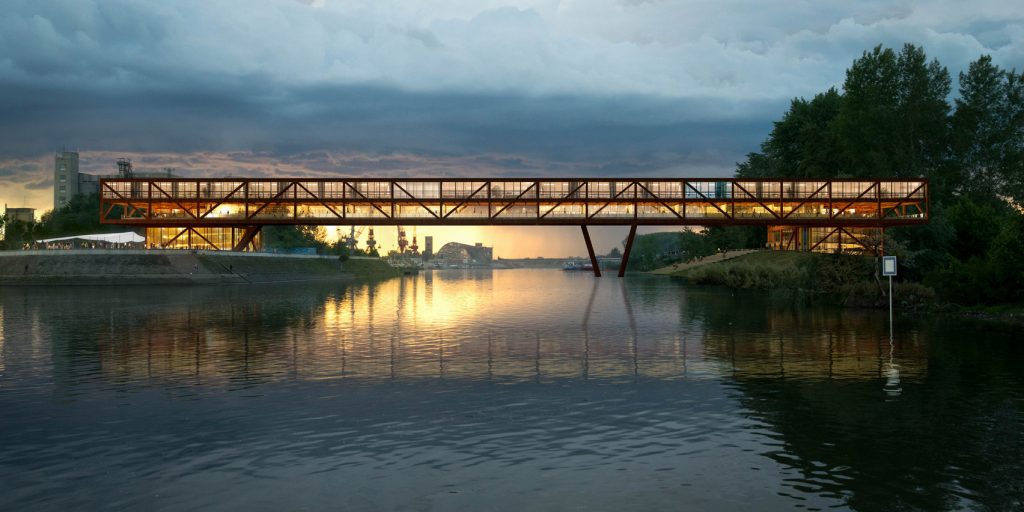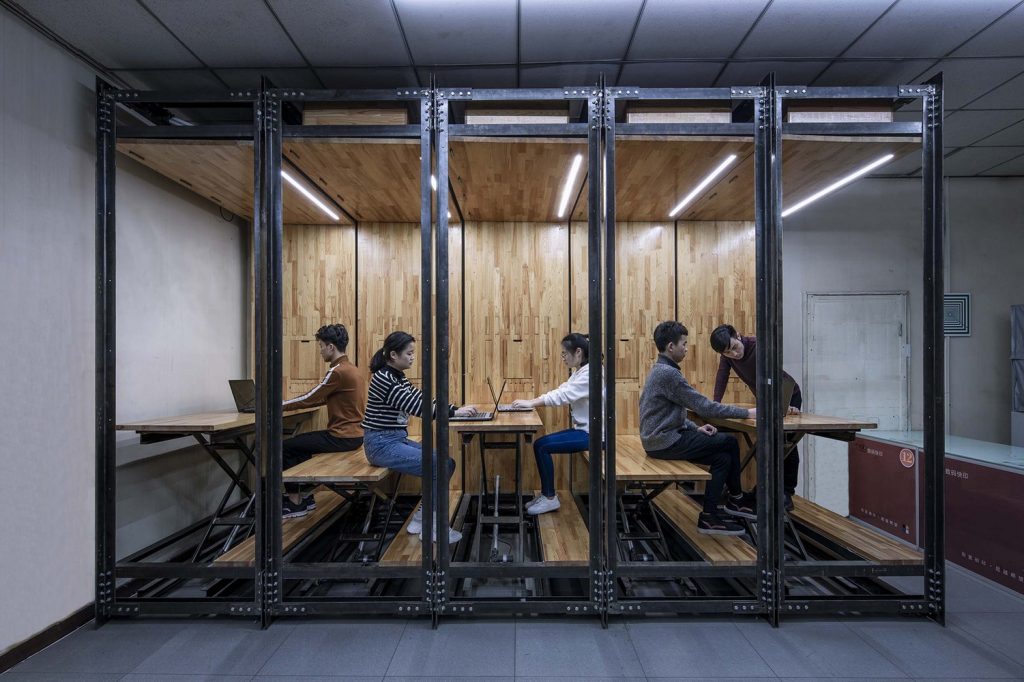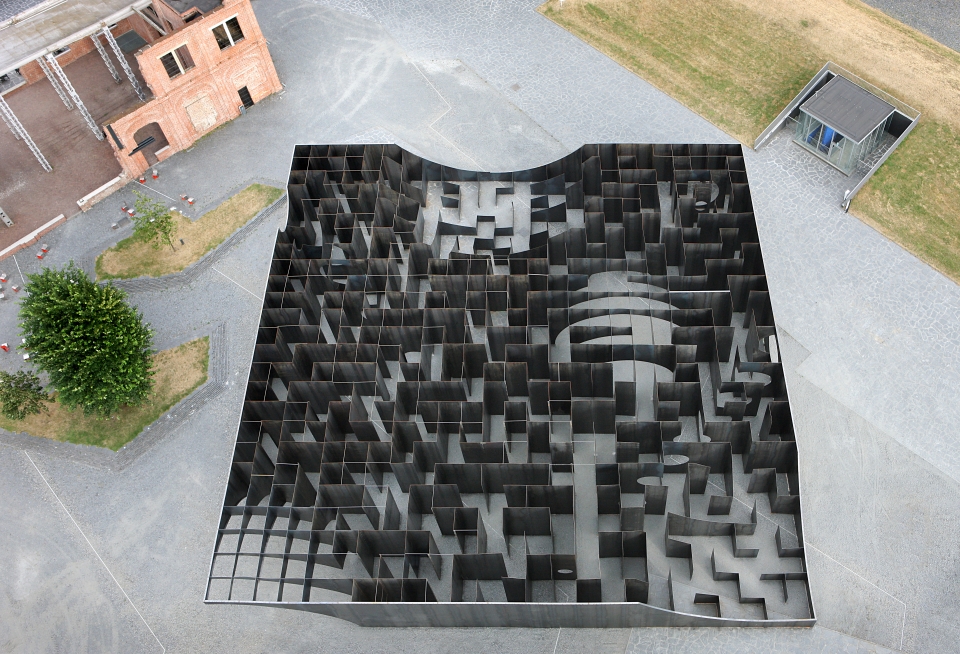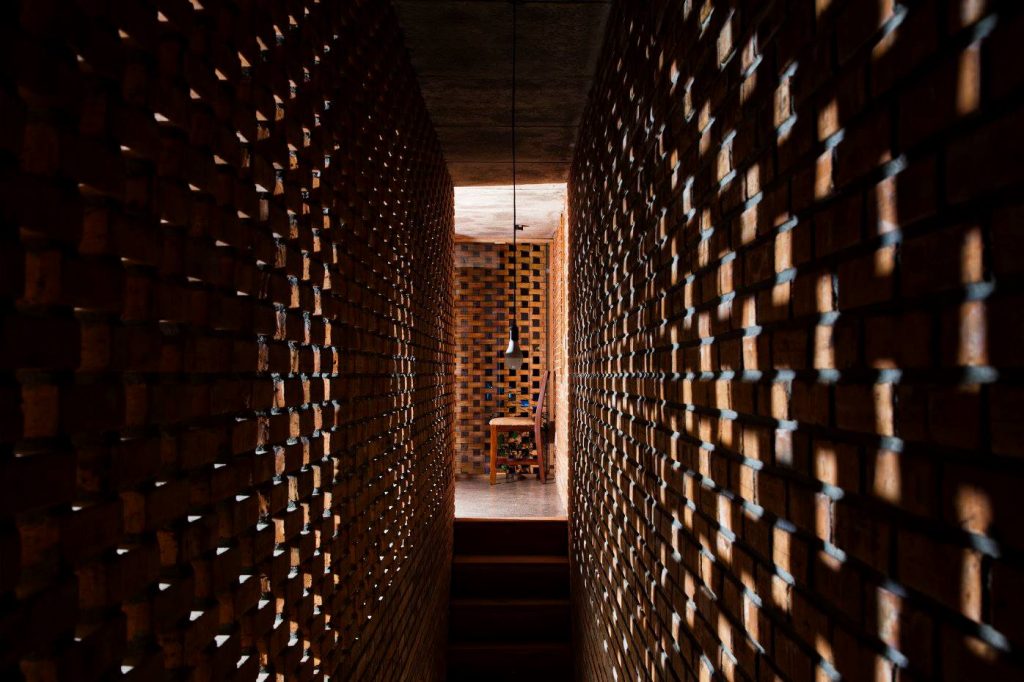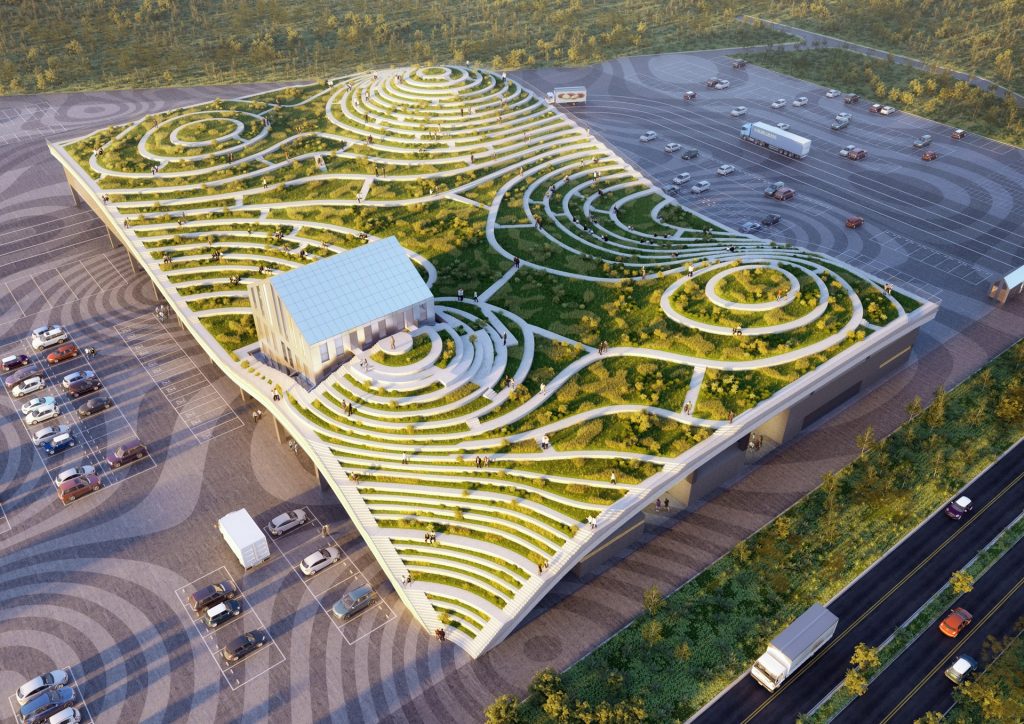After being abandoned in favour of concrete and steel in the 20th century, bamboo gets back into the game. Being as strong as steel in tension and having the compressive strength of concrete, it can be used as a sustainable substitute for traditional rebars and a viable, cheaper alternative to a large array of other building components. At the same time, this amazing material’s curvature and beautiful colour endow the structures made from it with a special character and bespoke aesthetics. With this post, we continue our exploration of magnificent bamboo buildings in Asia and beyond.
